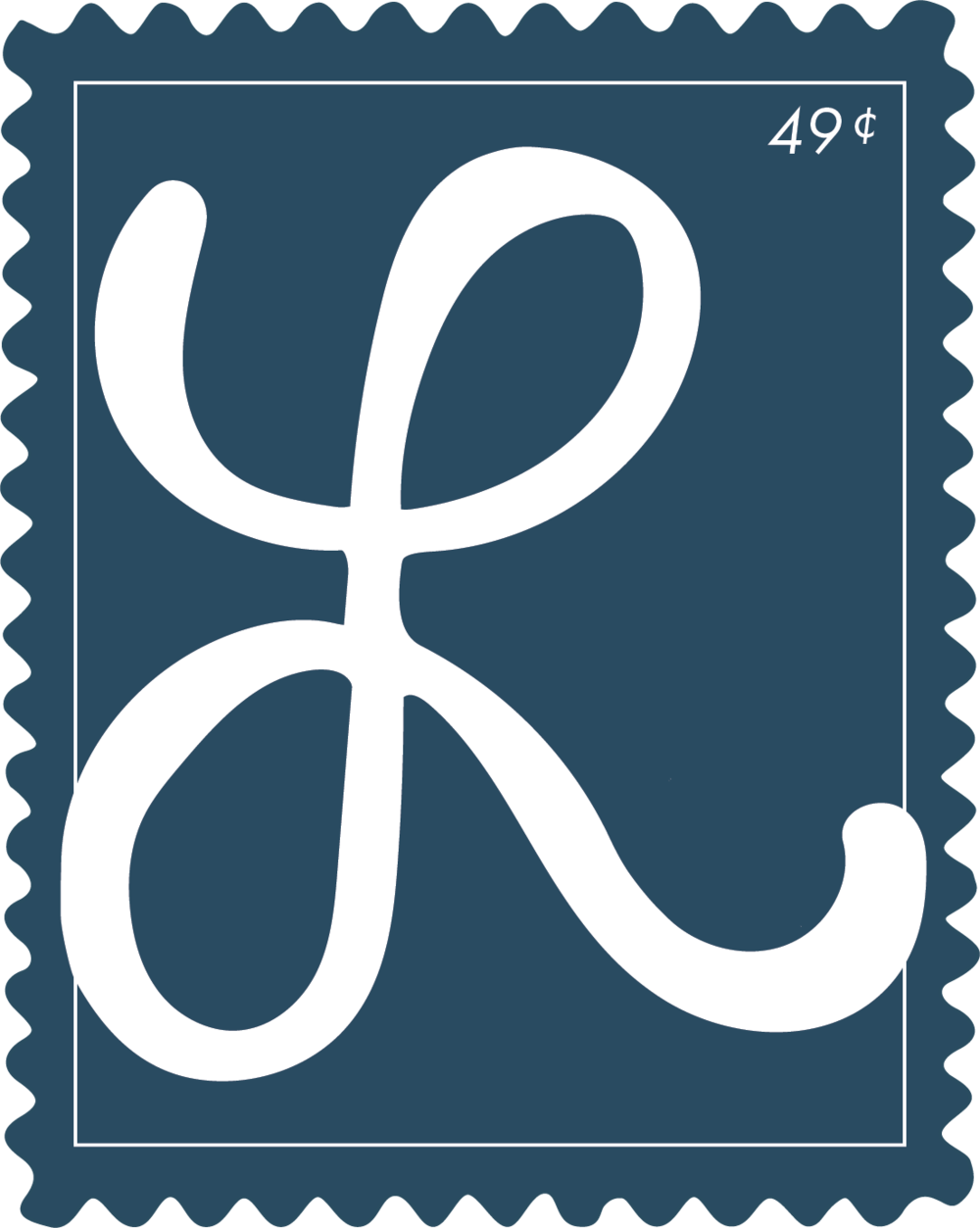In the fall of 2020, I was inspired by fellow creative Madelyne of Good Letters Design to start a 100 Day project. 100 Day Projects are a somewhat known entity in the creative world as a way to pursue a creative practice of any kind for 100 days.
At the time, I’d been sketching a bit in my journal and working on several watercolor house portrait commissions, but I really wanted to get more serious about illustration. The kinds of things I admired on Instagram - and the things I wanted to create myself, hopefully for clients one day - were all digital.
Plus I had an iPad and Apple Pencil that were 3 years old at the time and had barely been touched. So, with some encouragement and no plan, I embarked on a 100-day project journey.
Today, in 2023 (2.5 years later) I want to share why this kind of project is especially powerful for creatives who:
have dreams for what they can do with their creativity, but
are struggling to know how or where to begin
The Power of the 100-Day Project
Before you stop reading, let me say that 100 is NOT a magic number. This kind of project works whether it’s 100 days, 30 days or 1 week!
The 100-day (or whatever # works for you) project is effective for 3 simple reasons. It gives you:
A concrete goal to work towards (100 days of work or 100 pieces of art)
For a specific amount of time (a “season” as my creative coach Scotty Russell always says)
With a defined ending point
You’ve probably heard about SMART goals (Specific, Measurable, Achievable, Relevant, Time-Bound), and there’s a reason they work. A 100-day project implicitly employs this methodology because it sets the number of pieces you’ll create and/or the amount of time you’ll spend working.
In my experience, I took more than a year to finish my 100-day project (more than 3 times the nominal 100 days), but the goal to create 100 digital illustrations kept me moving.
4 Keys to 100-Day-Project Success
Here are 4 keys to making your 100-day project successful and worthy of your time.
Know your “why”
To put it simply, you need to know why you’re starting your 100-day project. Is it to improve your craft? Are you interested in exploring a certain subject matter or medium? Do you want to establish a consistent creative practice or space for creativity in your life?
Any reason is great, but you need to have a reason in order to keep yourself motivated on days 15, 45, 62 and 88 when it’s not fun anymore and the finish line feels far away.
My “why” was to use my iPad and get better at digital illustration. This sounds non-specific, but with a larger career goal to be hired as an illustrator, this initial goal got me started on the path forward.
100 is not a *magic* number
Like I said before, there’s not much that’s special about the number 100. It’s a little under 3 months, which for some people is a solid amount of time to produce a body of work.
But if that feels overwhelming, feel free to pick any other number that you feel motivated to finish! This is called a personal project for a reason, so personalize it to yourself as much as you want.
You could even break the 100-day project into smaller “sprints” - maybe a 10-day streak once a month, or something like that.
Pick a subject matter you’re genuinely interested in
If you decide to focus in on a certain topic with your work, make sure it’s something you enjoy! Let the challenge be the number of pieces or the number of days spent creating.
I didn’t pick an interesting subject matter at first, which is fine, but gained a whole lot more traction with the project when I started drawing local restaurants I loved. (I think my first restaurant illustration was 87/100, for the record).
If you’re trying to break into a certain client market, consider focusing your project on work that will build a portfolio to gain work in that industry.
Or if you really love a sports league or team, focus your work there.
Add in additional constraints
Constraints have long been a trick of creatives - particularly those participating in time-bound challenges or projects (like Inktober).
Constraints, or limitations, give you fewer options to choose from so that you can focus on creating the work. Rather than spending 30 minutes trying to decide what colors to use for today’s painting, you use the same 3 colors.
Some examples of creative constraints include:
Color palette
Try choosing just 1, 2 or 3 colors
Subject matter
Take only photos of nature
Style
Design minimalist icons only
Medium
Only digital work (like I did)
Amount of time spent
Only spend 30 minutes per piece or per day
In Conclusion
At the end of the day, the 100-day project is all about the process - enjoy the journey, however you decide to structure it! In addition to improving your craft, you’ll start to learn what you like creating and, more importantly, what you don’t like creating.
If you feel comfortable posting your work or your progress publically on social media, I would encourage it because posting can encourage accountability AND it’s pretty fun to be able to look back and see how far you’ve come when you reach the end. I know hashtags are kinda #dead but there are some 100-day project hashtags out there, which may provide some inspiration and community around your project.
If you have any questions don’t hesitate to reach out to me! I live on Instagram so shoot me a DM over @lucyman.draws.

